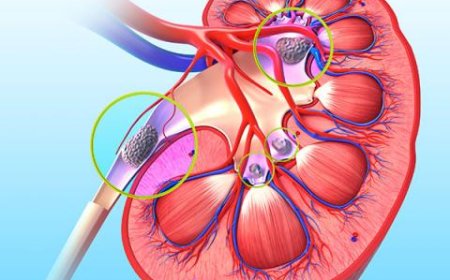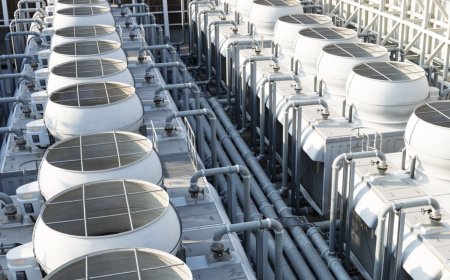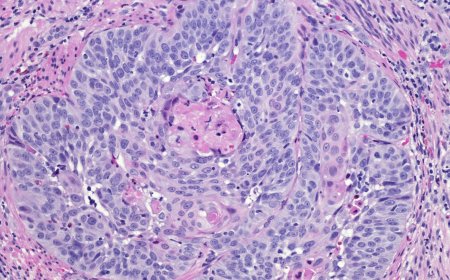Why LC-MS Mass Spectrometry Is Essential in Modern Analytical Labs?
LC-MS mass spectrometry is vital for modern analytical labs. Discover its role in accurate compound identification, quantification, and complex sample analysis across industries.

What is LC-MS Mass Spectrometry?
Liquid chromatography-mass spectrometry (LC-MS) is a robust analytical technique that efficiently integrates the liquid chromatography-based separation technique with the mass analysis capacity of mass spectrometry. Hence, this method not only allows the separation of components of a complex mixture of analytes but also enables the identification and quantification of each analyte based on its mass-to-charge (m/z) ratio.
Most commonly, LC-MS testing uses high-performance liquid chromatography as its separation platform, along with mass spectrometry-based detection. LC-MS technology can comprise a single MS analysis or tandem MS analysis. Single MS or LC-MS involves the detection of molecules of interest by a single mass spectrometer. Tandem MS or LC-MS/MS analysis utilizes a second mass spectrometer after the initial separation of analytes in a sample. It enables the fragmentation of a specific molecular ion or fragment generated from the first spectrometer. It provides more structural insights into the target molecule, thus enhancing the selectivity and sensitivity of the technique.
Advantages of LC-MS
LC-MS offers multiple advantages over other analytical techniques. It is a versatile technology with enhanced sensitivity, selectivity, and accuracy, having a wide range of applications. Compared to other analytical tools, LC-MS can identify and quantify very low concentrations of compounds. The high sensitivity of the technique allows the detection of compounds present in trace quantities within a sample. The superior accuracy of LC-MS enables it to detect and quantify molecules at a lower concentration than the ELISA platform. It accurately identifies a diverse range of compounds, including small and large molecules and biomolecules such as proteins and peptides. Based on the fragmentation pattern and the m/z ratios of the fragments generated, LC-MS can provide crucial structural information about an unknown compound, thus assisting in its identification. LC-MS is capable of multiplexing, allowing the analysis of multiple analytes within a single run, thereby reducing the cost and time involved in sample analysis. This also improves the flexibility and efficiency of the technique.
Unlike other bioanalytical techniques, LC-MS does not require the use of immunological reagents that can be susceptible to inter-batch variability, which might affect the analytical results. Furthermore, this technique has an extensive linear dynamic range, which allows accurate measurement of diverse sample matrices. Furthermore, less susceptibility to matrix interference makes it a reliable tool for analyzing complex samples.
Although a powerful technique, LC-MS has a few drawbacks. Notable ones include limited throughput, high initial operational cost, and lack of standardized analysis methods, leading to inter-lab variability in results. However, despite these limitations, the technology can offer crucial insights in molecular analysis when employed with careful consideration. It is one of the leading-edge technologies for molecular analysis, finding wide applications in pharmaceutical analysis, the food industry, environmental analysis, clinical chemistry, biochemistry, and molecular biology research.
Must Read: Comparing Cytokine Assays: ELISA vs. Multiplex Assays
In addition to the pharmaceutical domain, LC-MS helps in trace analysis of drugs, contaminants, or other residues in food and environmental samples.
Applications of LC-MS
Having understood the principles and advantages of LC-MS, gaining insight into its wide application will enable us to understand why this technique is essential in modern analytical laboratories. One of the major applications of LC-MS is pharmaceutical analysis. It helps to determine drug substances, intermediates, and impurities during the synthesis of active pharmaceutical ingredients. It also assists the LC-MS lab in determining the degradation products obtained from drug formulations, a crucial step in ensuring drug safety and quality. Upon administration of a drug to a patient, the drug molecule gets metabolized. LC-MS helps to identify and quantify the drug metabolites in biological samples, thus helping researchers to understand drug metabolism and its pharmacokinetics (absorption, distribution, metabolism, and excretion properties). This, in turn, also assists the LC-MS laboratory to assess the bioavailability of the drug and to compare different drug formulations for their bioequivalence.
In addition to drug metabolism and pharmacokinetics, LC-MS is a frequently used technique employed for toxicity and immunogenicity assessment and therapeutic drug monitoring, essential for the optimization of drug dosing and delivery. Thus, LC-MS is a crucial bioanalytical technique in a Bioanalysis Lab that supports different stages of drug discovery and development. It can separate and detect compounds in complex food matrices, helping ensure food quality and safety and identifying adulteration. It also helps to determine the level of harmful residues in food products that might adversely affect health.
In the environmental context, bioanalysis labs can utilize LC-MS to identify and quantify levels of contaminants in water, soil, or other samples, including pesticides and drug residues that can adversely affect human health and the ecosystem. It is increasingly being used in wastewater analysis and the identification of emerging contaminants that can lead to environmental pollution. In addition to these applications, LC-MS is a powerful technique that supports cutting-edge omics-based technologies such as genomics, proteomics, metabolomics, and epigenomics, which are of paramount importance in molecular biology research.
Thus, LC-MS is perhaps one of the few analytical techniques that have such a wide range of applications in different domains, making it an indispensable technique in modern research laboratories.




































